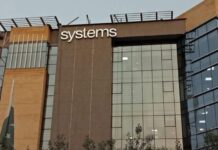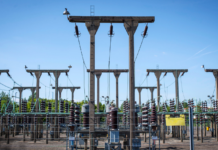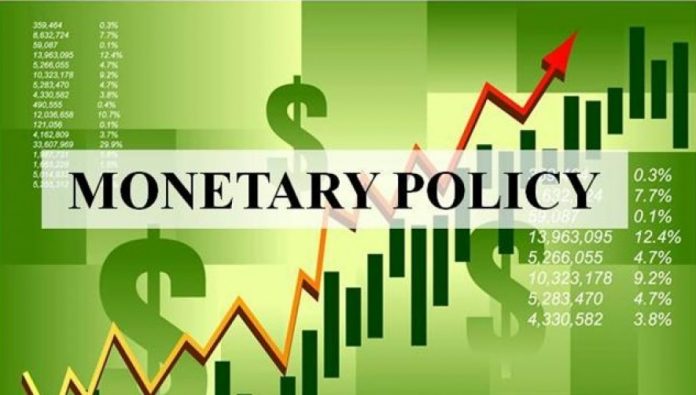KARACHI: With the State Bank of Pakistan (SBP) set to announce its monetary policy decision on May 5, market expectations are tilting strongly in favour of an interest rate cut. According to a new survey conducted by Topline Securities, 69% of market participants now expect the central bank to reduce the policy rate by at least 50 basis points. The proportion of participants forecasting a rate cut has grown, while those expecting a status quo have fallen to 31% from 38% in the previous poll—reflecting growing conviction that monetary easing is on the horizon.
Within the rate-cut camp, 37% of respondents anticipate a 50bps reduction, 30% expect a 100bps cut, and a small 2% see a more aggressive 150bps cut in the upcoming meeting.
These expectations have gained ground amid improving inflation dynamics, a stronger rupee, and a softening global oil market—factors that have helped revive optimism about Pakistan’s economic trajectory. Analysts at Topline believe that, based on projected inflation of 6–7 percent in FY26, the SBP has room to ease policy by as much as 200bps through the end of this calendar year. That level of inflation, if it materialises, would result in a real interest rate of 500 to 600 basis points—well above the historical norm of 200 to 300bps—leaving the central bank ample room to maneuver.
Despite this, Topline’s baseline expectation is that the SBP will likely hold rates steady in May. The decision is expected to be informed by both domestic and global uncertainties. On the domestic front, key external inflows anticipated in the second half of the fiscal year have yet to materialise. These inflows, including those linked to the next phase of IMF engagement, are likely to be unlocked only after the IMF Executive Board approves Pakistan’s first review under the current programme, expected before June. Additionally, the IMF has urged Pakistan to maintain a “sufficiently tight” monetary policy in order to anchor inflation expectations, a message reiterated in its recent staff-level agreement.
External risks also loom large. The possibility of new US tariffs, and the uncertainty around the sustainability of declining oil prices and a softer dollar index, have made the monetary outlook more complex. Meanwhile, the upcoming federal budget for FY26 and planned adjustments in gas prices could inject new inflationary pressures, adding to the SBP’s caution.
Signals from the fixed income market also point toward a likely pause. Since the last monetary policy meeting held on March 10, the six-month Karachi Interbank Offered Rate (KIBOR) and the six-month Treasury bill yields have risen by 31 to 35 basis points, indicating that investors are not yet pricing in a definitive start to an easing cycle.
In the same survey, 95% of participants expect the policy rate to fall to between 10 and 12% by June—unchanged from the previous poll—implying a cumulative reduction of up to 200bps across the next two MPC meetings. Expectations diverge somewhat by December, with 49% seeing rates in the 10 to 11% range, 37 percent forecasting 8 to 10%, and 12% expecting them to remain elevated at 11 to 12%.
On inflation, views are becoming more optimistic. Over half the respondents—53 percent—now believe average inflation for FY25 will fall below 6 percent, compared to just 22 percent in the last poll. Topline itself forecasts a range of 4.5 to 5.5 percent, while Fitch Ratings, in a recent note accompanying Pakistan’s credit upgrade, projected inflation at 5 percent for FY25, before edging higher to 8 percent in FY26.
The exchange rate outlook remains broadly stable, with 60 percent of respondents expecting the rupee to stay within the Rs280–290 range against the US dollar. Just over a quarter believe the currency could weaken beyond Rs290, while a small 7 percent expect appreciation below Rs280.
The upcoming MPC meeting is being closely watched for clues on the SBP’s policy direction in a post-stabilisation phase. Although the case for easing is building, policymakers are expected to weigh external financing, fiscal risks, and structural inflation triggers carefully before pulling the trigger. A rate cut, if not delivered in May, may still be on the cards later this summer—particularly once IMF disbursements resume and the budget provides clarity on inflationary pressures. Until then, the market appears ready but cautiously patient.























